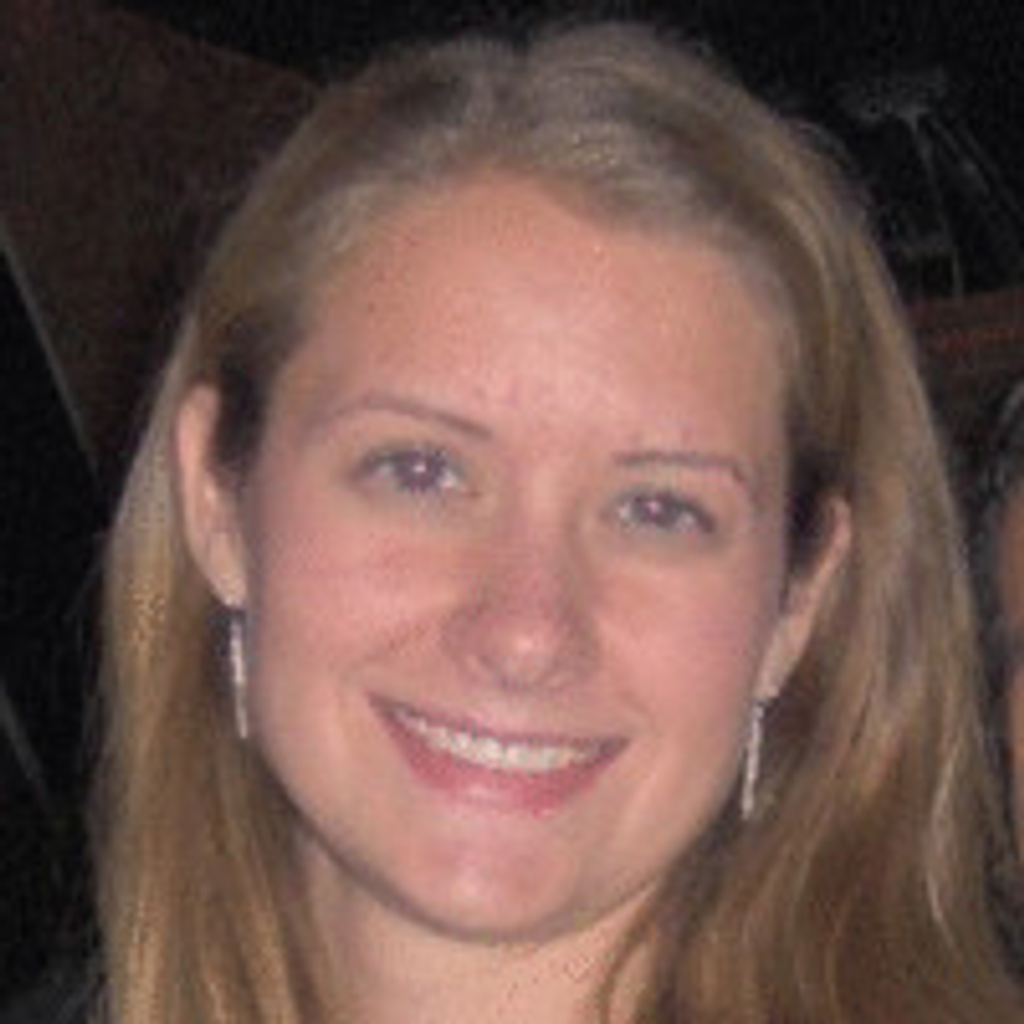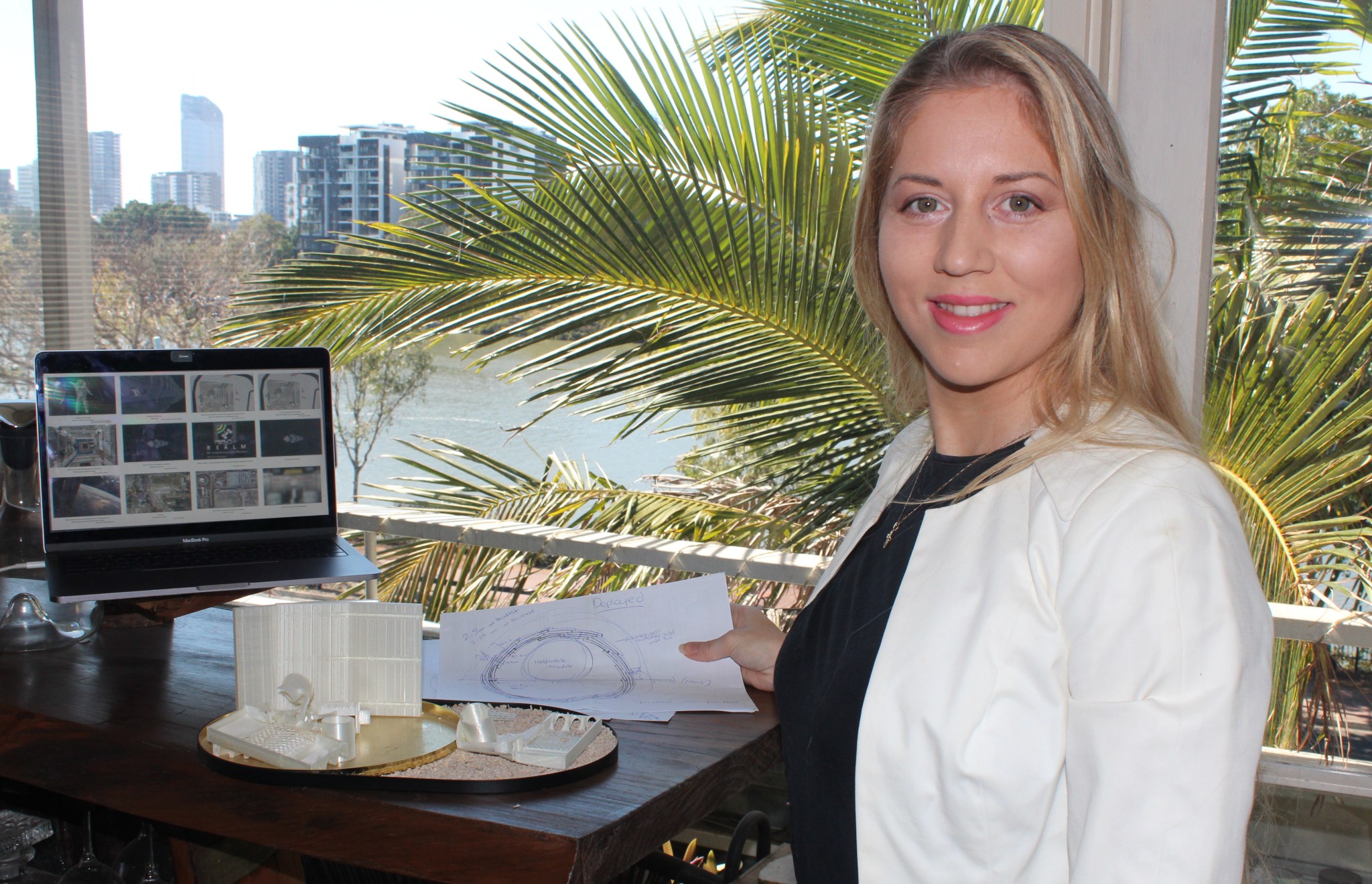The NASA Tournament Lab (NTL) often provides more than just monetary awards. The challenges have prompted many participants to develop skills outside their traditional domains, driving their careers and professional lives in new and exciting directions. Just ask star solver Lauren Fell.
Fell is an associate lecturer at Queensland University of Technology. She has a background in psychology and is currently completing her PhD in Quantum Cognition, a field that utilizes quantum formalisms to explain human decision-making. She first participated in the NASA REALM project storyboard challenge in 2017 and was instantly hooked. She won first place in that challenge and has been competing ever since.
“The thought of NASA making use of my ideas has motivated me to continue to participate in these challenges,” Fell said. “It’s been great to feel involved in some of the projects NASA is undertaking. Having the opportunity to contribute in some small part to space exploration is a real dream.”
Fell has participated in several NTL challenges and says she spends anywhere from five to 20 hours on each competition. The challenges have also facilitated her learning of CAD modelling, 3D printing, animation, robotics and storyboarding, among others.
“The most valuable benefit of participating in these challenges has been the skills I have gained through completing them,” Fell said. “The fact that the challenges came from NASA were a big enough motivation to learn the necessary tools and skills needed to complete them.”
These skills have been useful for Fell’s other projects, as well. For example, learning robotics and 3D modelling during NASA’s Astrobee challenge series led her to the idea of creating a robotic face with soft robotic muscles. She has recently finished an initial prototype for that project and aims to use it to help people on the autism spectrum learn facial expressions.
But Fell’s favorite competition by far was NASA’s GrabCAD challenge to design a moon regolith collector. She 3D printed her design and even tested it out on kitty litter. The challenge platform allowed the participants to provide each other feedback, which Fell said made it feel as if everyone was working with each other toward a common goal rather than competing against one another.
These opportunities for skill-building and community engagement continue to motivate Fell to take part in NASA’s challenges. And to those who may be hesitant to compete, Fell’s advice is to “just go for it!”
“You don’t have to have a PhD in Astrophysics to contribute to the work that NASA does,” she said. “In fact, if you have a different background, it means you bring more unique and interesting perspectives to a problem and that makes your ideas valuable and gives you a greater chance at winning. At the very least, you have the opportunity to get feedback on your work from people at NASA – a ‘wow’ in itself!”
For more information about NASA Solve and the agency’s prizes and challenges, visit www.nasa.gov/solve.




























